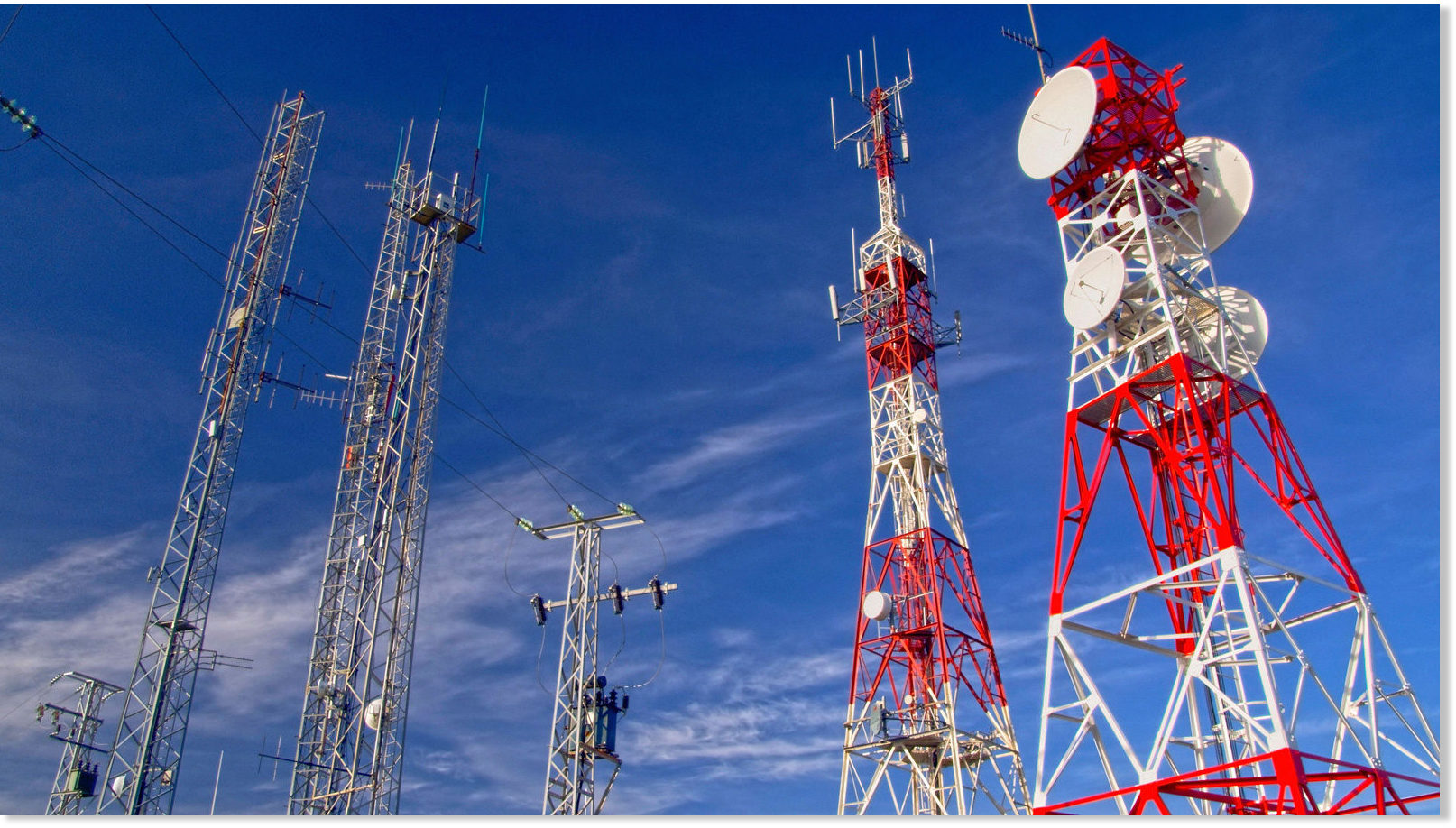This article discusses the subject of 5G radiation. It is a non-ionizing electromagnetic radiation. Since 5G radiation is tiny, it doesn't possess the capability of breaking the chemical bonds of biological tissue or cause any modifications to cells. 5g radiation symptoms isn't known whether the effects of 5G radiation alter the risk of developing skin cancer. No evidence has been discovered to suggest it may cause other illnesses.
High-frequency millimeter wave radiation
High-frequency millimeter-wave radiation from mobile phones and wireless networks may cause adverse health effects for humans. There are a few different ways in which this radiation could be harmful. In certain instances radiation may cause damage to the person's DNA. In other cases the radiation may cause harm to other parts within the body such as the brain.
Recent research has shown that 5G technology could cause the heating of tissues. 5g radiation is why the International Council on Non-Ionizing Radiation Protection (ICNIRP) has asked to review the current thermal and biological safety standards. The current standards for exposure do not protect people from overheated heat exposure when exposed to pulsed millimeter waves.
Skin cancer risk
There isn't a definitive answer yet to the question of whether the 5G radiation could cause skin cancer. However, it is thought that 5G RF-EMFs behave much like high-LET ionizing radiations. This means that they can cause excessive levels of free radicals within the skin. The FCC hasn't issued any specific guidelines about the potential dangers associated with 5G technology, and the debate is ongoing.
Although there has been a variety of studies that examine the impact of radio waves that are higher frequency on human health, these studies have been largely limited in scope. However, there is concern over the effects of millimeter-wavelength exposure on oxidative stress and gene expression. These effects may extend to the skin and various organs, including the brain.
The impact of other illnesses
The latest generation of technology for wireless called 5G is rapidly gaining ground, but scientists are warning about the health risks that could be associated with it. 5G will dramatically increase the quantity of electromagnetic radiation found within our environment. This is a concern that has led to debates in a variety of countries, including Switzerland. In September 2017 390 doctors and scientists have backed a motion to put the suspension of 5G technology. This call was ignored by the European Commission, which is in charge of monitoring the use of technology like 5G.
In the end, it is necessary to conduct more research to determine the health impacts of 5G. While we wait studies have proven that 5G does not cause the same effects in humans as the radiofrequency from the older mobile networks. Additionally, it does not transmit the new coronavirus type. Furthermore it doesn't make people more vulnerable to infections caused by viruses.
Exposure measurement
Measurement of exposure to radiation from 5G is a crucial aspect of ensuring the safety of 5G networks. There are two ways to measure exposure. One is to measure the RF power absorbed by human tissues. Another involves measuring the amount of radiofrequency energy emitted by an object. Radiation frequency energy (RF) can be described as an energy source that comes directly from radio receivers.
In Visit this site United States, the FCC has implemented a limit on the energy density of mobile devices running 5G. The tests are able to measure power density at just several inches, and the FCC does not require measurements of each beam. However, how much power is generated by each beam can be determined by computer simulation. The worst case scenario is then determined according to the beam's configuration. each beam.
The study has its limitations
There has been a lot of debate about the impact of 5G radiation on human health. The Swiss government, for instance has issued an assessment that concludes that 5G technology does not cause health effects in the short term, however, there aren't any studies that show long-term effects. But, the report has several issues that include biased reportage.

The power and frequency of radio waves that carry energy will depend on the frequency. The energy carried by a millimetre-wave will be the same as the frequency of radio waves currently however they will be less visible and are better suited for high-density environments because they cannot be obscured by walls or glass. High-density urban areas would require a high number of tiny, low-power sites and suburban areas will benefit from 5G networks that operate at lower frequency.
